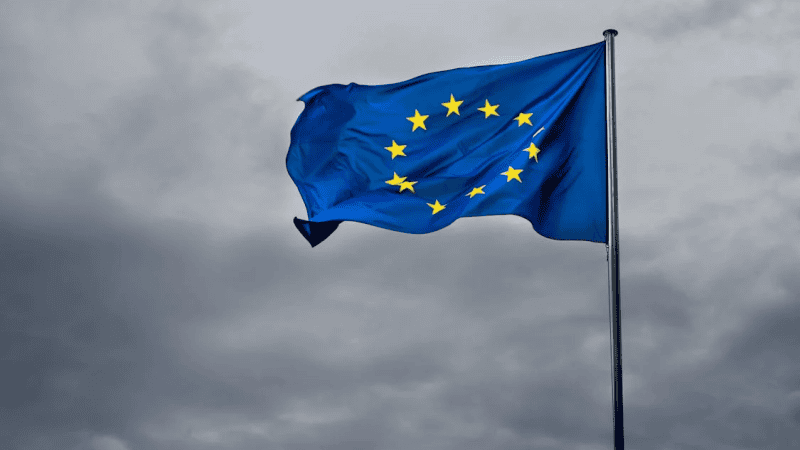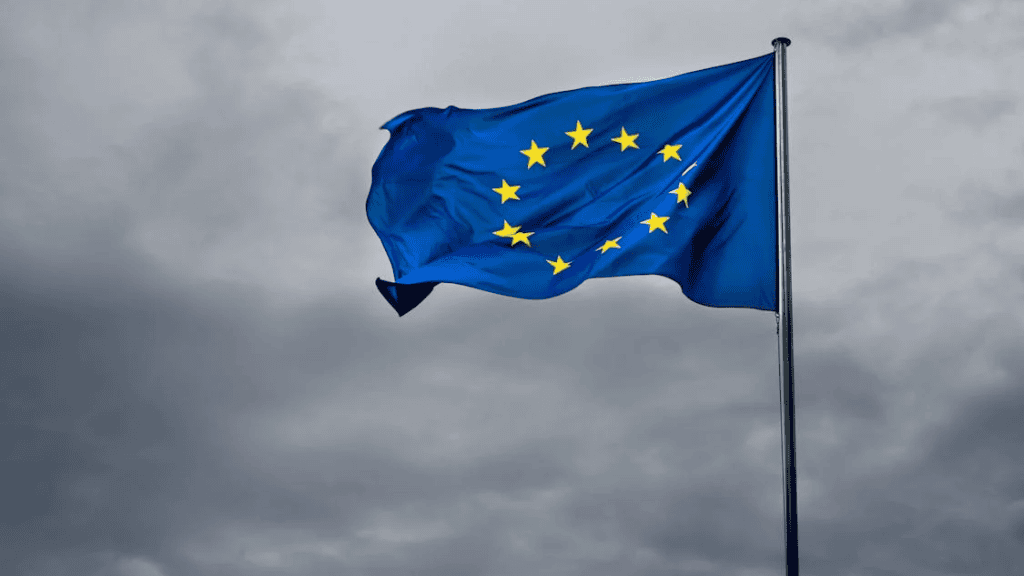
Photo. Pexels.com/CC0
When the international community focused on Alaska for the U.S.–Russia summit, southern Europe was already struggling with raging wildfires. The worst situation appeared in Spain, Greece, Portugal, as well as Bulgaria, Albania, and Montenegro. The battle against the fire involved not only the forces of the affected countries but also the coordinated support of the European Union, which deployed its civil protection mechanisms.
EU civil protection instruments towards natural disasters
The challenging fight against wildfires provides a valuable opportunity to demonstrate the European Union’s capabilities in civil protection, particularly in responding to natural disasters. The first and the most influential one is the EU Civil Protection Mechanism – established by the European Commission to strengthen cooperation between the EU countries and 10 additional participating states (Albania, Bosnia and Herzegovina, Iceland, Moldova, Montenegro, North Macedonia, Norway, Serbia, Türkiye, and Ukraine) aims to improve prevention, preparedness, and response to disasters.
Through a streamlined process affected country requests assistance through the Emergency Response Coordination Centre (ERCC). After that the mechanism is activated and EU member states can offer assistance such as specialised personnel and equipment, for example firefighting planes. The system is also supported by Copernicus Emergency Management Service as it supplies timely and precise geospatial information useful for delineating affected areas and planning disaster relief operations.
To strengthen the EU Civil Protection Mechanism, member states established in 2019 rescEU – a strategic reserve of European disaster response capabilities and stockpiles, which is fully funded by the European Union. It consists of a fleet of firefighting planes and helicopters, a medical evacuation plane, and several essential stockpiles. These include field hospitals, transport assets, energy and shelter items, critical medical supplies, and equipment to respond to chemical, biological, radiological, as well as nuclear emergencies. Reserves are hosted in strategic locations across 22 members states and participating states which facilitates their efficient use in case of urgent need.
EU Civil Protection Mechanism in action
During this month countries such as Greece, Spain, Bulgaria, Montenegro and Albania activated the EU Civil Protection Mechanism to help the response to forest fires, many of which have been breaking out simultaneously across Europe. The blazes also affected Portugal and Türkiye, but at this moment, the two countries have not decided to seek support from the mechanism.
Speaking about the functioning in practise, last week Spain activated the EU Civil Protection Mechanism for the first time ever in tackling forest fires. The European Commission has quickly mobilised 2 rescEU water-bombing planes. The circumstance in Spain remains concerning – the worst situation turned out to be in autonomous communities of Galicia, Castile and León. At this moment, wildfires in Spain have killed a third person as intense heat. In the space of eight months, 343,000 hectares have already burned, which is equivalent to almost half a million football fields.
Meanwhile Greece also requested assistance and in response two planes have been deployed. Additionally, firefighters from Czechia, Moldova and Romania were involved to put out the fires. The situation in Greece is also worrying, for example in Patras, the country’s third-largest city, firefighters successfully contained a wildfire that swept through the outskirts of the port, prompting the evacuation of both a children’s hospital and a retirement home.
Blazes also wreaked havoc in the Balkans. As a result, Bulgaria was supported by 6 EU countries – Czechia, Slovakia, France, Hungary, Romania, Sweden with aircraft including the rescEU planes. Firefighters worked to mitigate the size of the wildfires in Albania, and Montenegro.
For the time being, the EU Civil Protection Mechanism has already been activated 16 times. It’s an alarming situation as the number of activations for 2025 is already equal to the total actions for 2024 during the whole fire season.
The south of the continent in the fire
Massive fires in southern Europe during the summer are a recurring theme. Unfortunately, the area destroyed is growing larger every year, as of now wildfires have burned more than 500,000 hectares in Europe, so it means an increase of 134% compared with the average over the past two decades. Consequently, it is said that this part of the continent is currently experiencing one of its worst wildfire seasons in two decades with Spain struggling with the most demanding conditions.
The deadly wildfires coincide with periods of extreme heat, with temperatures exceeding 40 degrees Celsius. The situation is further aggravated by fossil fuel pollution, which traps solar radiation and heats the planet, leading to the drying of vegetation. There is no doubt that the growing frequency of such extreme events is the direct result of human-induced climate change.
Certainly, under these circumstances, it is important to emphasize the effectiveness of the instruments at the European Union’s disposal, such as the EU Civil Protection Mechanism and rescEU, which provide crucial support to Member States in their daily fight against fires. These actions were immediate and well-coordinated. While the importance of organised civil preparedness and infrastructure resilience is growing within the European Union, international mechanisms such as the EU Civil Protection Mechanism and rescEU reserves require further capacity building and interoperability at the national and local levels. Undoubtedly European Union needs to strengthen the scale of this mechanism as the frequency of the natural disasters will be increasing. Without that it won’t be possible to build strong, prepared and resilient community.
Author: Amelia Wojciechowska
